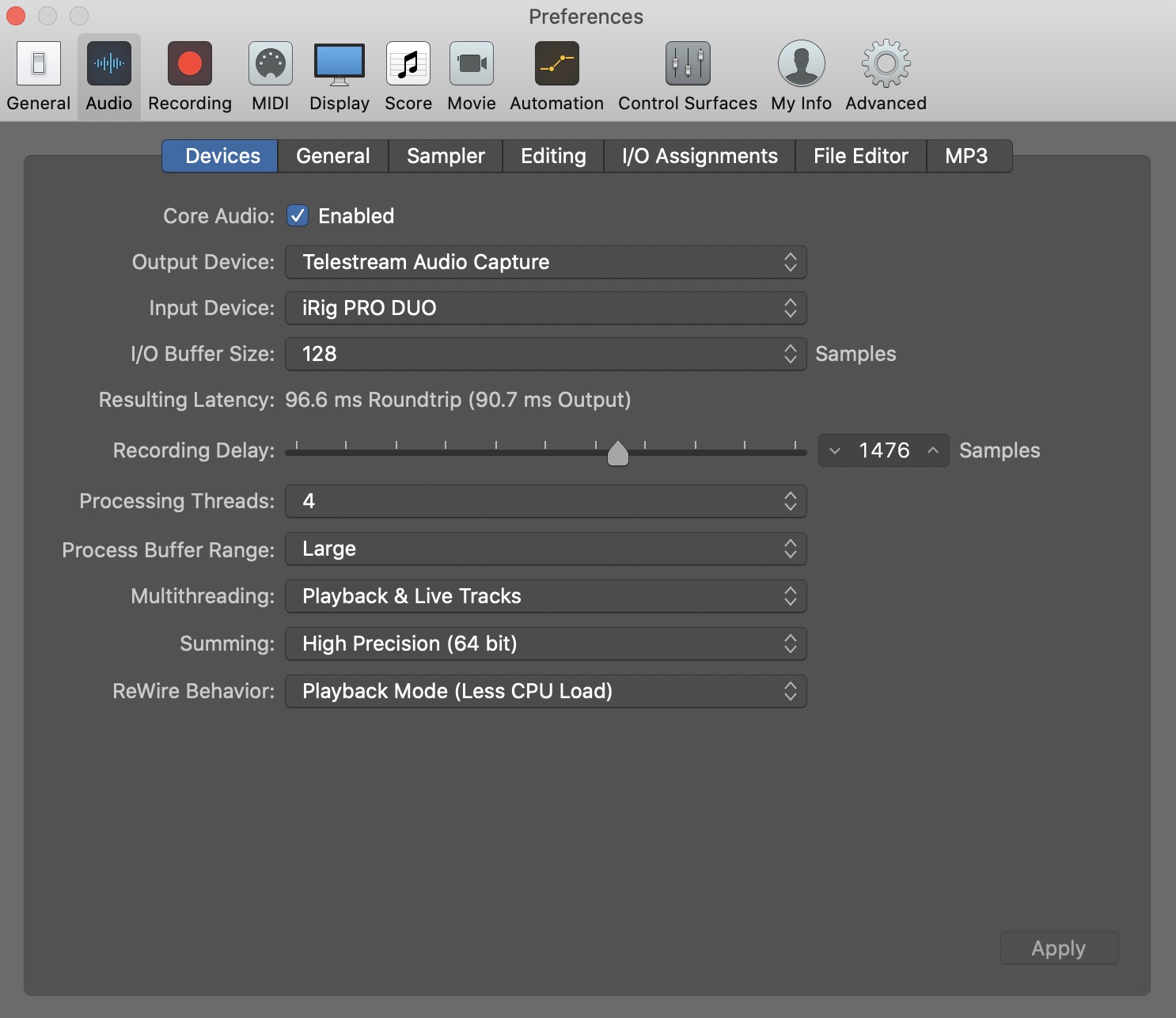

- #Cubase 9 pro how to change buffer size install#
- #Cubase 9 pro how to change buffer size drivers#
- #Cubase 9 pro how to change buffer size driver#
- #Cubase 9 pro how to change buffer size manual#
“Stereo” means that channel 1 will be routed to the left side of your monitors or headphones, and channel 2 on the right side. This is the most useful setting when you want to monitor one channel per time as this way the input channel will be monitored on both channels of your monitors or headphones. “Mono” means that both channels are mixed to mono. Here you can determine how the two input channels are mixed on the Direct monitoring path. For this reason, you might see this value to go back to its previous state when you attempt changing it. Remember than in most cases, DAWS and host applications will likely control this value by their end, not allowing it to be forced differently. Here you can set the working sample rate for the AXE IO unit, from 44.1 to 192 kHz. When playing in a part, the Real-time peak meter keeps red lining and I get lots of pops and clicks.


(Sierra OS) With my full template loaded and all 66 tracks enabled I can’t set the buffer size to less than 768. These LEDs shows when there is MIDI activity on the AXE I/O physical MIDI ports. I’m running Cubase 9.5 on a (2013) 12-core Mac Pro with 128 Gb or RAM. This LED shows when an AXE I/O unit is connected and active.
#Cubase 9 pro how to change buffer size manual#
Remember than in most cases, DAWS and host applications will likely control this value by their end, not allowing it to be forced differently.Ĭode: Select all To open the Control software:Īfter installing the Control software on your computer (refer to section 1.1 of this manual for more information) click the icon on your desktop to launch it.Assuming that your AXE I/O interface is connected to your computer with the USB cable, the Control app GUI Regards rabihz24 Posts: 3 Joined: Sat 8:04 pm Yes there is a khz and a buffer stting in the Axe IO control panel to the left. What i meant was, I thought i can change the settings in the AXE IO control panel without loading a daw or openeing Amplitute. Yes i can change the Buffer in my Cubase no problem and also in Amplitute stand alone.
#Cubase 9 pro how to change buffer size drivers#
Im using the Axe Io latest drivers and in Amplitute stand alone its selcted in the Ins and outs. Under Audio System you should see your Audio hardware name. That should open a window that by default shows the first item, Audio System. Under that is a sub menu item, Studio Setup. The device name should be exposed to MacOS or Windows as a USB device named " AXE IO" "2 ins / 6 outs".īelow is a link from IKM that should help getting your AXE I/O working properly. Answer: Assuming you are talking about a recent release of Cubase, there’s a top menu item titled Studio. This will introduce timing issues and cause snapping and popping. Don't use multiple devices in the Amplitube 4 standalone program, or in any DAW.
#Cubase 9 pro how to change buffer size install#
You should make sure you install the AXE I/O drivers & control panel from your IK User Area and use those drivers.Īlso, when using Amplitube 4, make sure your AXE I/O is your input and output device.
#Cubase 9 pro how to change buffer size driver#
When automating plugin bypass or dry/wet I just try to leave a bit of ‘grace room’ before the part is coming in, to give time for the effect to ‘kick in’ - not ideal, especially on a part that doesn’t have a break around the point you want to automate, but there we go.Peter_IK wrote:Our driver is not MME/DirectX it is an official ASIO driver. I tend to avoid that kind of automation when working in Cubase now, if I need something like a fast tempo synced volume/filter effect I’ll use LFOtool, which handles it’s own timing internally, and I know that it will sound the same regardless of buffer size. However - you might find the sound of the mix changes subtly in other ways when you change the buffer size/Asio guard setting (maybe for the better, maybe not), especially if it’s a busy mix with lots of live vsti’s, automation, heavy plugins and complex routing. If you have automation/routing that is highly time dependant like the example I mentioned, then the lowest possible, with Asio guard off (it’ll be sloooow to render though, comparatively).


 0 kommentar(er)
0 kommentar(er)
